Money in Central Asia
Central Asia is mostly cash-based economy. There are few ATMs outside large cities and most of them accept Visa cards. Stores and restaurants typically do not accept credit cards, except for luxury 5-star hotels. We recommend you bring all money in cash, preferably carrying new USD banknotes of different denominations. They will be easy to exchange – for the best rates ask your guide – and you will be able to pay directly with USD for some souvenirs. An emergency fund of around 500 USD in cash is always good to have during trips to Central Asia.
Is there one Central Asian currency?
No, each of 5 Central Asian countries has their own currency. During the Soviet Union, there was a unified currency – ruble,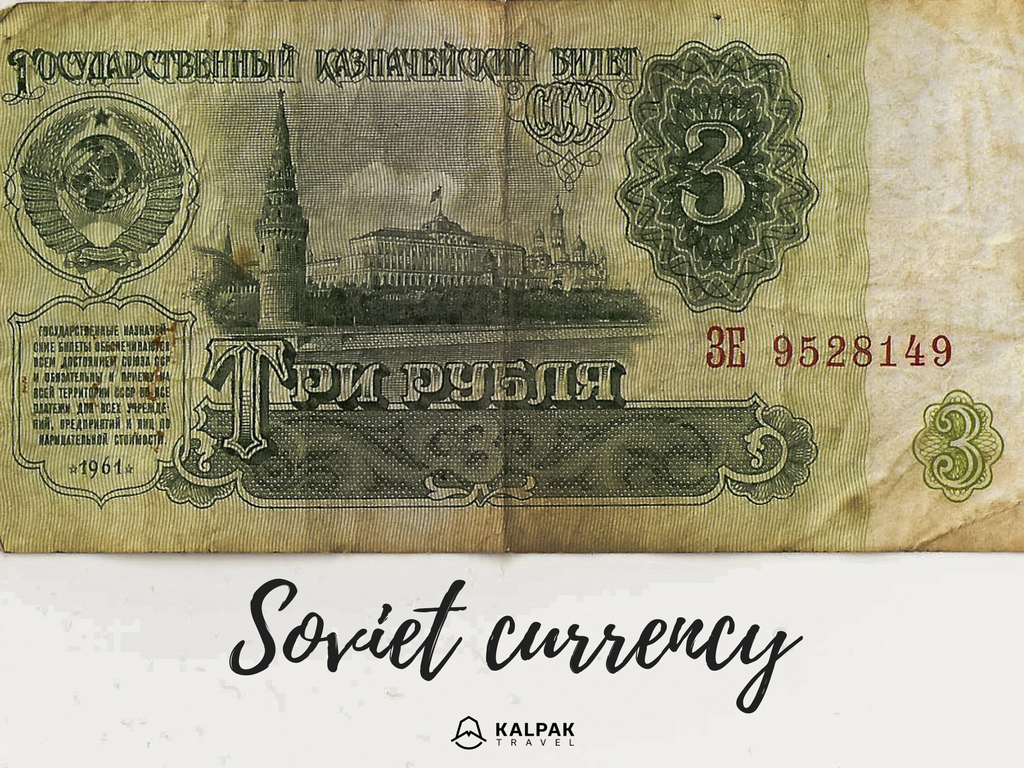 but after the independence, each state issued their own money. So, when you travel through Central Asia you will need to exchange money in each country individually. Let’s have a look at different currencies in Central Asian states.
but after the independence, each state issued their own money. So, when you travel through Central Asia you will need to exchange money in each country individually. Let’s have a look at different currencies in Central Asian states.
Money in Kazakhstan – KZT
Kazakhstan’s currency is called tenge. It was introduced in 1993 and November 15 is the national currency day. The new design of money came into use in 2006, with 200, 500, 1000, 2000, 5000 and 10 000 denominations. Each of the banknote feature on one side baiterek tower or symbol of independence in Astana and on the other side the map of Kazakhstan with different buildings.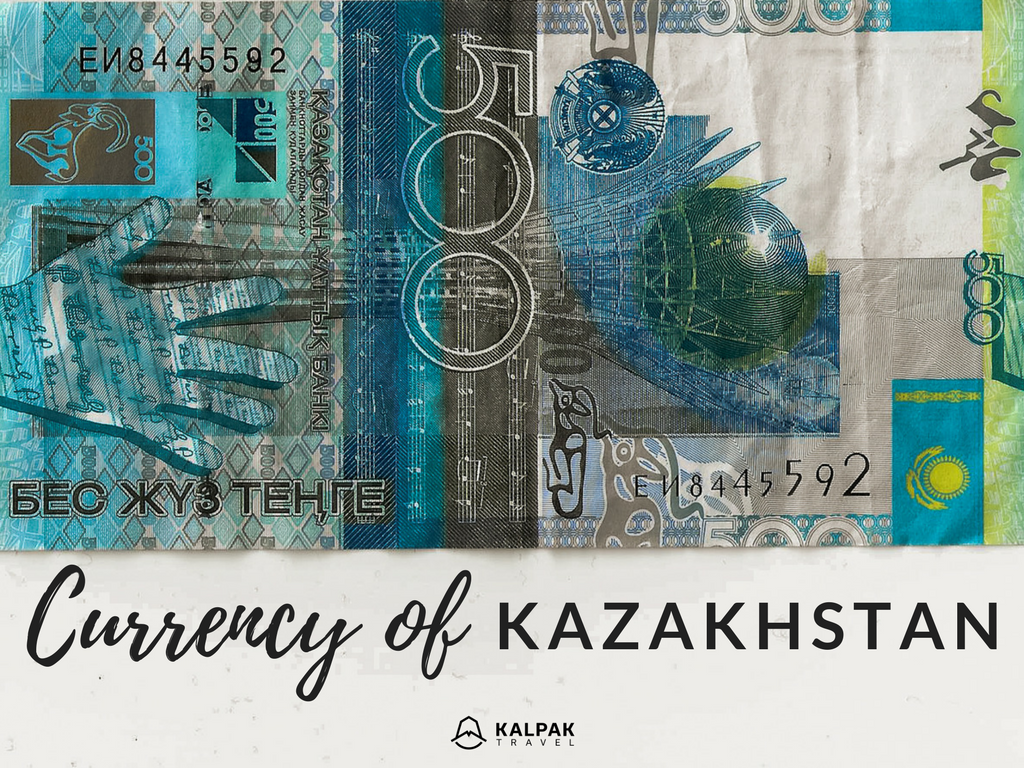
Money in Kyrgyzstan – KGs
Kyrgyzstan’s currency is called som. Banknotes were introduced on May 10, 1993 and coins were introduced only in 2008. New series or design of banknotes that are currently in use were introduced in 2009 and in the same year, new highest denomination of 5000 soms were introduced. The banknotes feature Kyrgyz people from literature, art, and historical figures. 
Money in Tajikistan -TJS
Tajikistan’s currency is called Somoni. New banknotes were introduced on October 30, 2000 and coins in 2001. The banknotes feature important to Tajik nation historical personalities. The one below features for example, Avicenna or Ibn Sina, medieval scholar. 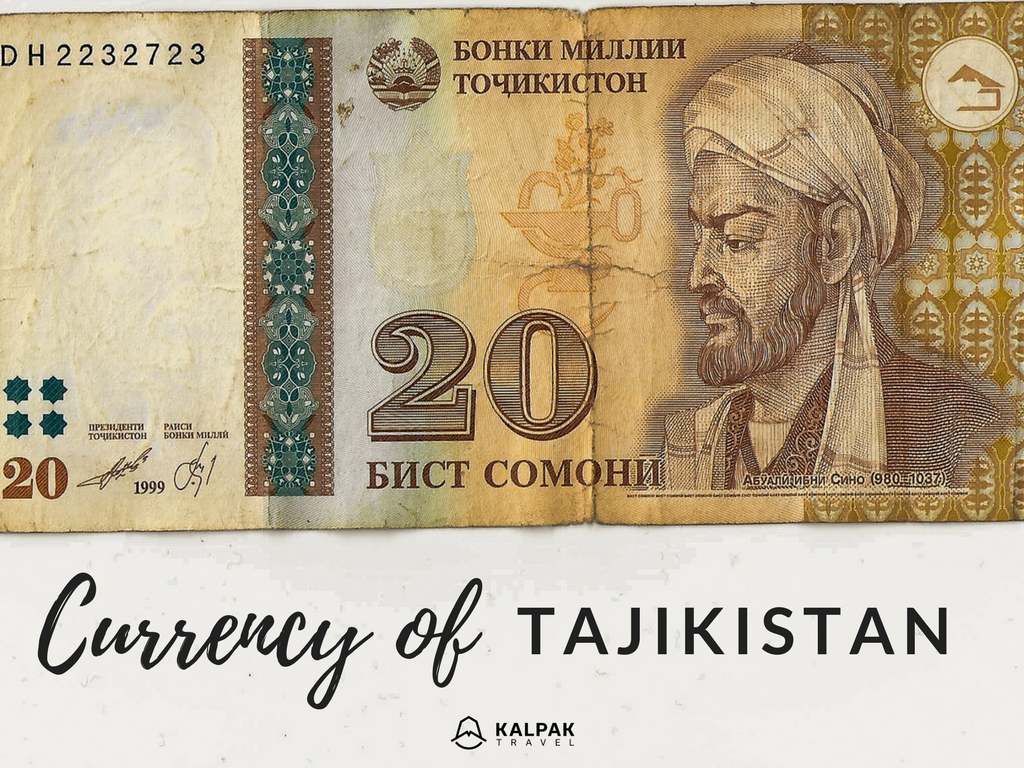
Money in Turkmenistan – TMM
Turkmenistan’s currency is called Manat. It was introduced on November 1, 1993 and the new manat banknotes and coins were introduced in 2009. The new banknotes feature historical figures from the Turkmen history. The one below is Sultan Sanjar or Seljuk ruler in the twelfth century. 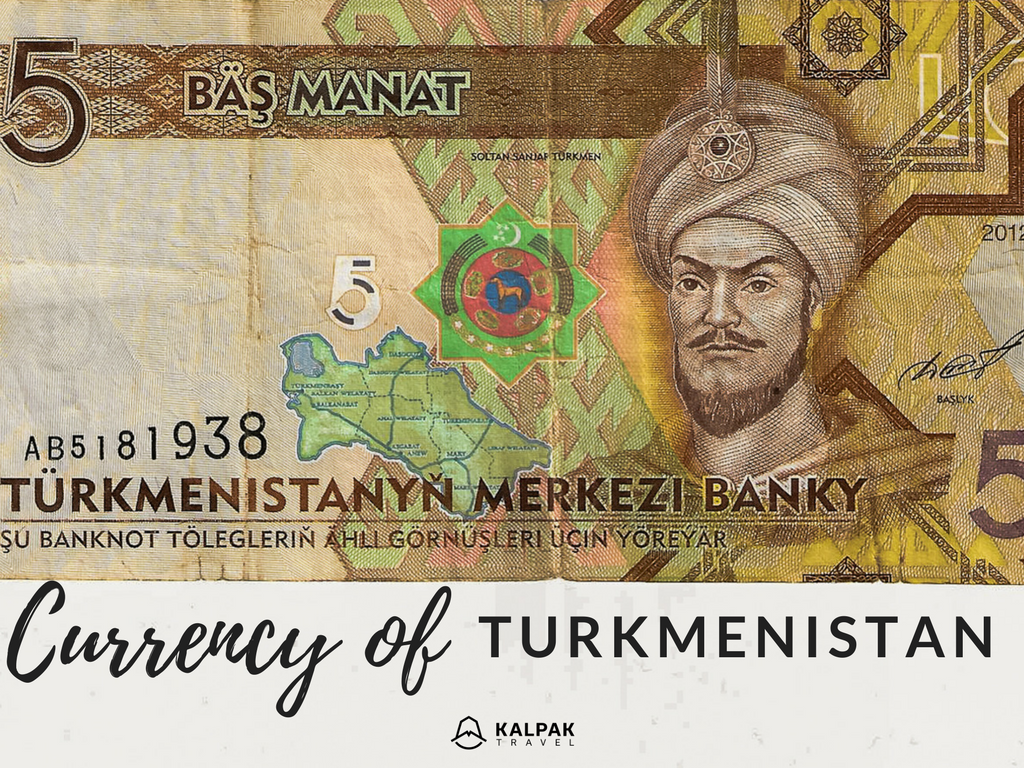
Money in Uzbekistan – UZs
Uzbekistan’s currency is called so’m/sum. It was introduced on July 26, 1993. The banknotes feature national symbols and important buildings in Uzbekistan. It is prohibited to take Uzbek currency out of the country. 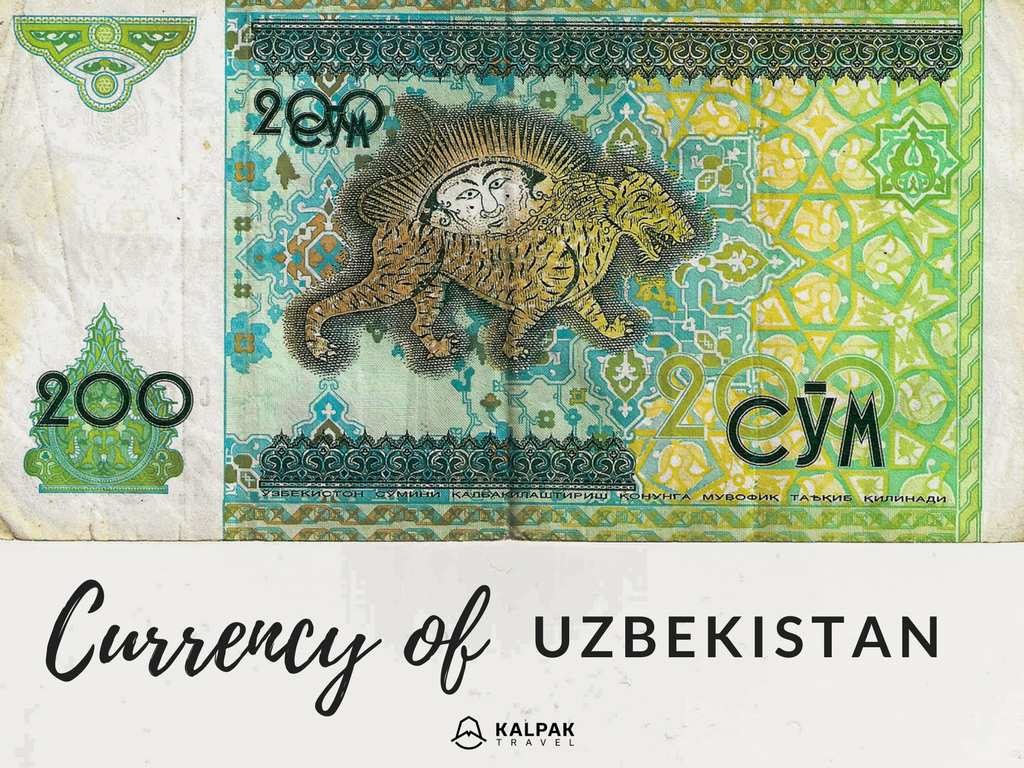
To see the conversion rates we recommend to have a look at XE converter it can be also downloaded as an app and used during one of our Central Asia Tours.


